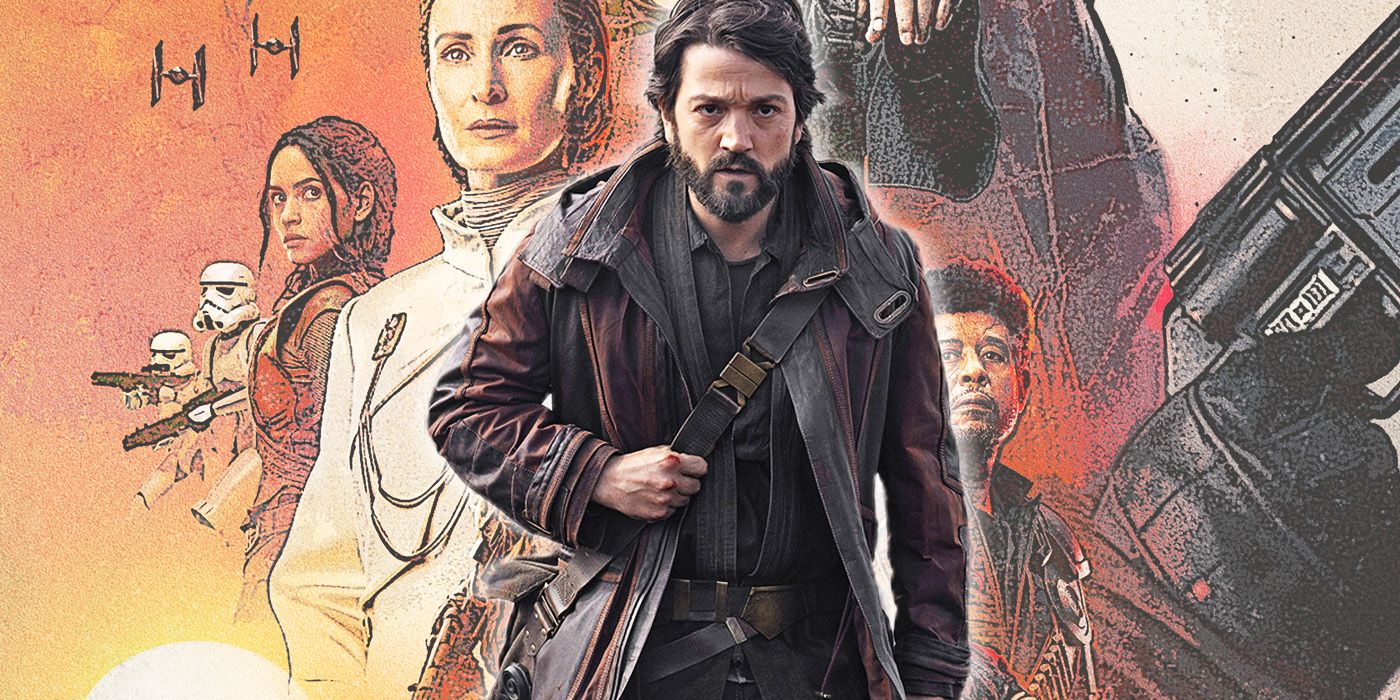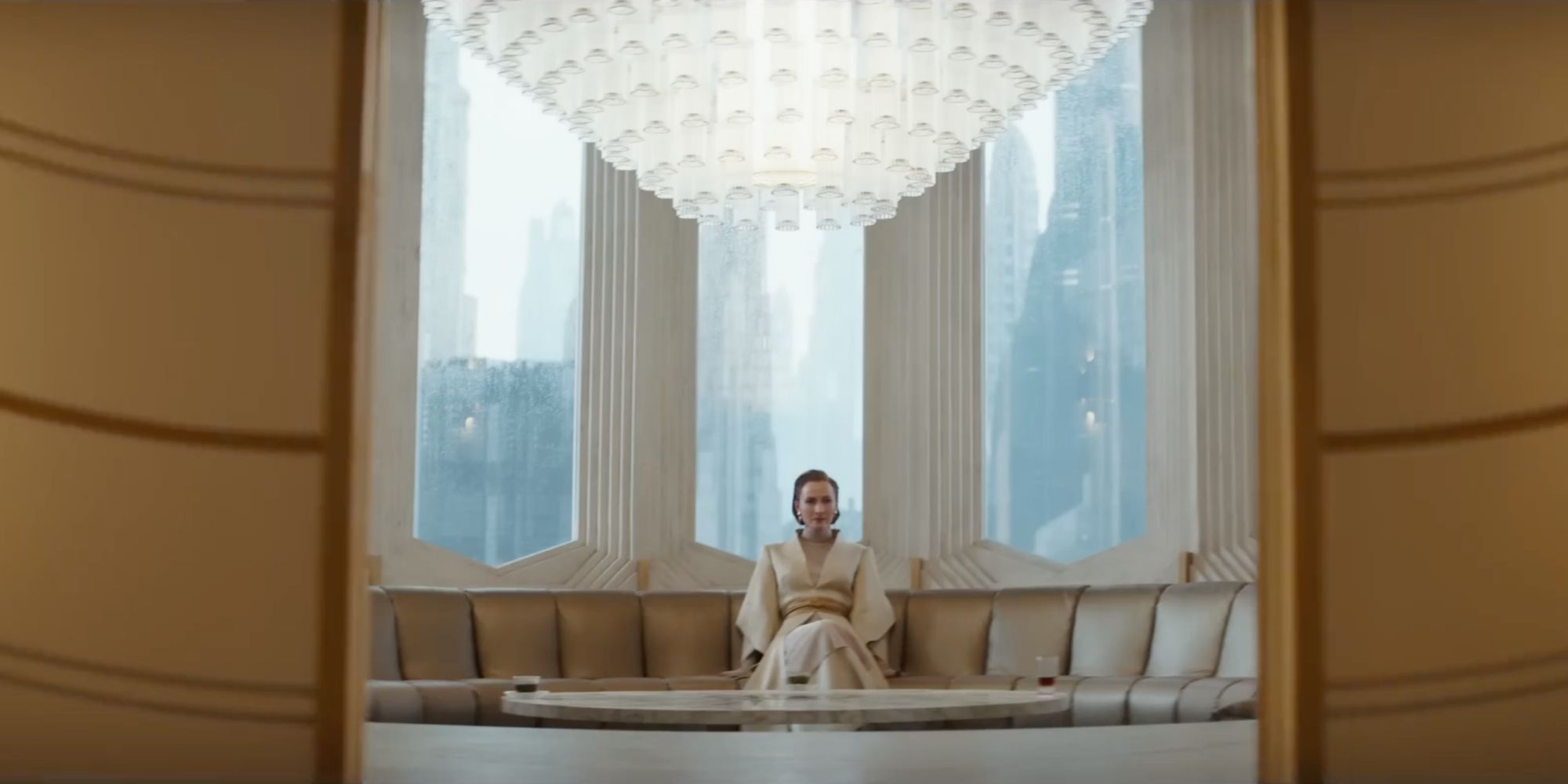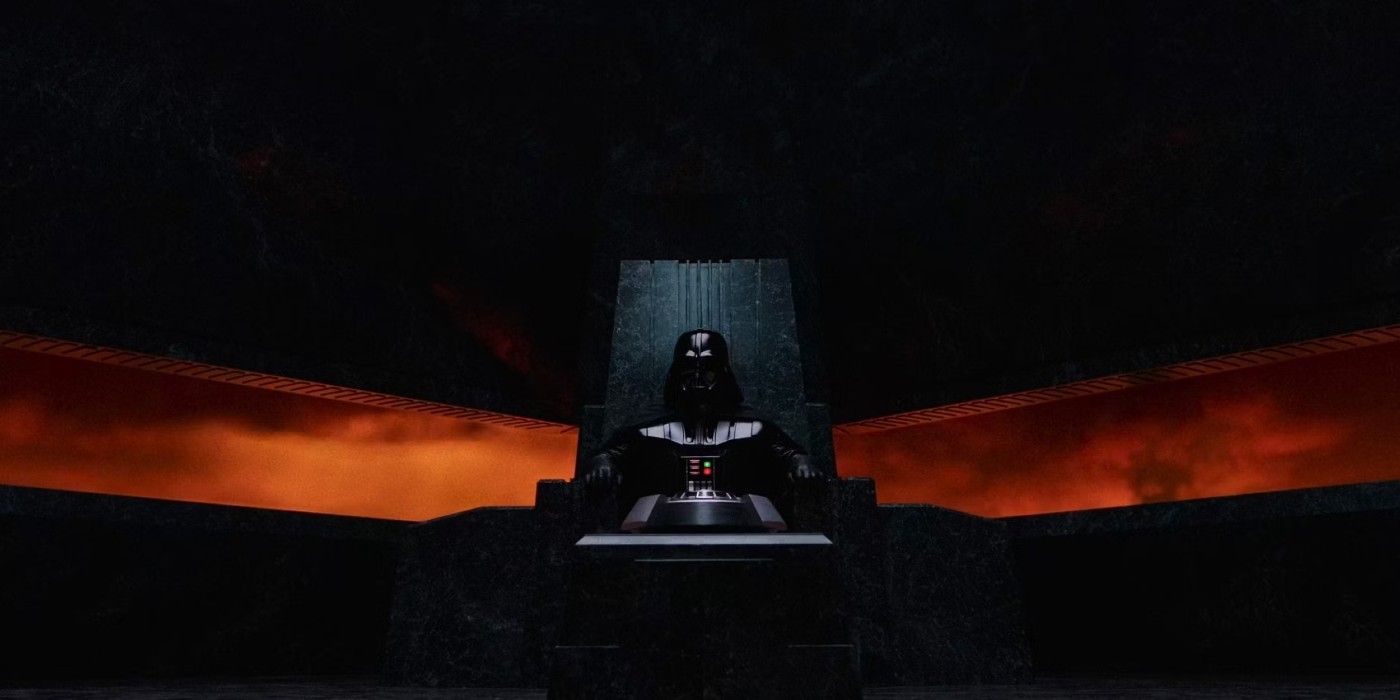There is a popular -- but incorrect -- notion that fan service is something to be avoided, in Star Wars especially. Lucasfilm takes hit after hit for including or not including certain figures in other characters' stories. Andor showrunner Tony Gilroy said that including Star Wars legacy characters in Andor would be "cynical" fan service, but that's just not true.
Is fan service something to avoid in general? The answer, frustratingly, is "it depends." The term itself doesn't have a negative connotation and used to refer to what's popularly called Easter eggs. Perhaps the most famous bit of fan service came at the end of 2008's Iron Man, when Samuel L. Jackson's Nick Fury showed up to talk "about the Avenger initiative." Before there was a Marvel Cinematic Universe, that was just a fun bit tacked on to the end of the first-ever Marvel Studios film. All fan service means is something included in a film or television series that is of interest to avid fans, and there is nothing cynical about that. Especially not in Andor, since Cassian Andor is himself a legacy character.
Gilroy wasn't putting down other projects nor saying he didn't want legacy characters in Andor. He was defending the choice of including those characters as more than a cynical ploy for nostalgia. Star Wars has leaned a bit too heavy on what it's done in the past rather than blazing a new path forward. Andor is a step in that latter direction, which is why the decision to leave the Empire out of the premiere episodes is bold. And if Obi-Wan Kenobi just wordlessly rode by on a bantha in the background, all that would be is a waste of an Ewan McGregor cameo. Star Wars was the original cinematic universe, and what made it so intriguing was that it seemed to audiences like they missed the first couple of phases.
Ever since Alec Guinness' Obi-Wan talked about "the clone wars" in A New Hope, part of the Star Wars mission has been filling in all that backstory. It's taken the franchise four decades to only get about halfway, which is another reason that Andor exists. Along with being the personal journey of Diego Luna's Rogue One character, it illuminates how the Republic became the Empire in the span of just 19 years. It's all one big story, and there is nothing wrong with reminding fans of that with familiar aliens, droids or locations in different episodes. There's just an art to doing so.
As mentioned, one of the genuine critiques of modern Star Wars is that it's too focused on its past, both figuratively and literally. With shows like Obi-Wan Kenobi and The Acolyte, it seems as if Lucasfilm is afraid to introduce anything "new" after The Rise of Skywalker. Visually and technically, Andor is trying to be distinct from the franchise -- and with all the billion-dollar pressure on any feature film with Star Wars in the title, the playground afforded by Disney+ is the perfect place for the universe to evolve and take risks. But any Star Wars story is always supposed to be fun and an easy way to get a smile out of audiences is to let an Ewok stroll by or have a character like Hondo Ohnaka show up.
Andor, like its title character, has a lot to do for Star Wars. It has to tell an original, compelling story about its characters. It has to navigate the timeline established by Star Wars Rebels, which also tracked the rise of the Rebel Alliance. It has to be distinctly new but still feel like the galaxy fans know. With that in mind, including recognizable faces and places isn't fan service at all -- it's simply doing the best to tell a consistent story.
New episodes of Andor stream Wednesdays on Disney+.



